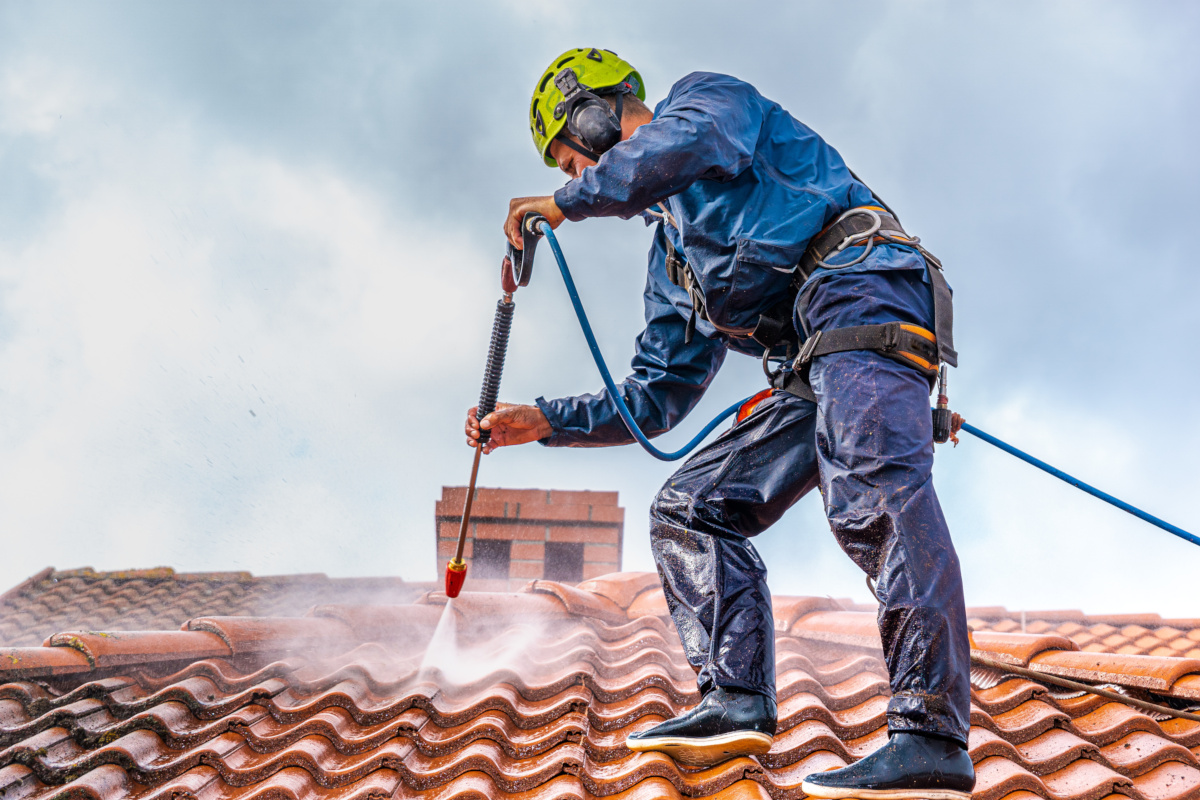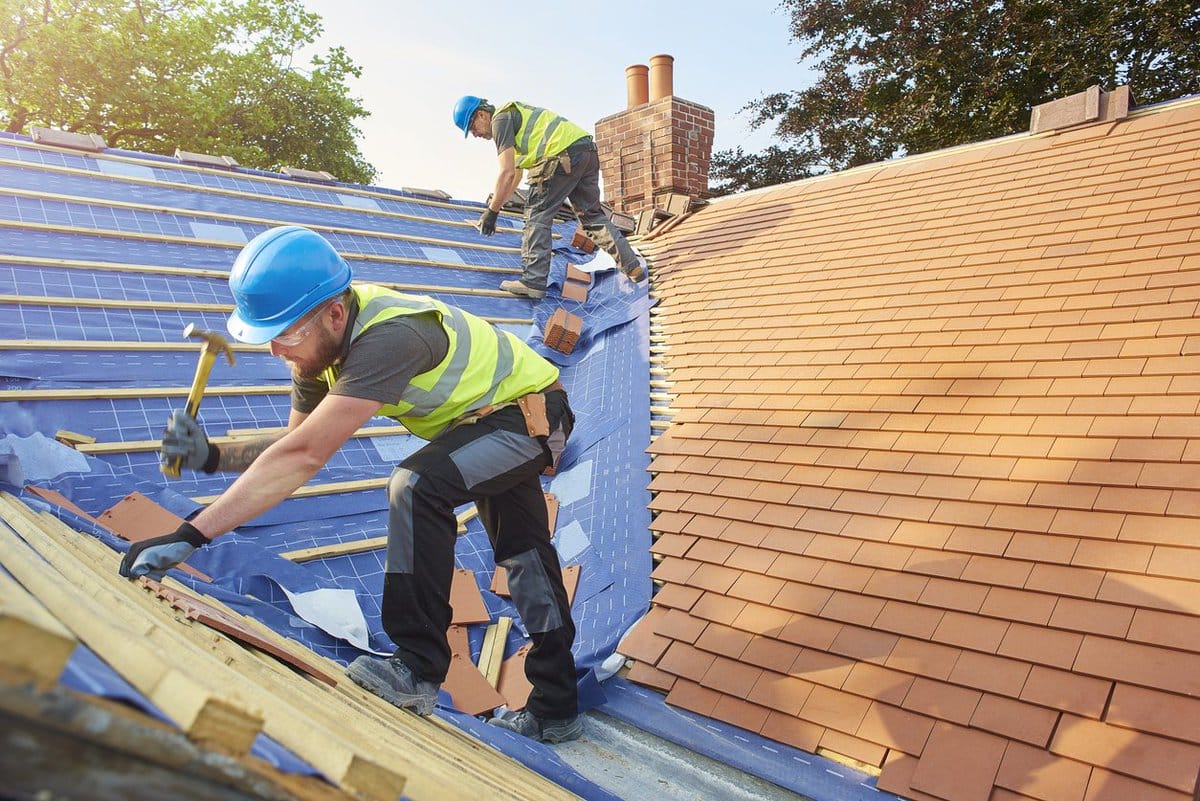Get the most effective Security for Your Home with Cleveland Heights Roof Maintenance Experts
Get the most effective Security for Your Home with Cleveland Heights Roof Maintenance Experts
Blog Article
A Comprehensive Guide to the Installment Refine of a Skylight Roof Covering
The setup of a skylight roofing system is a complex process that calls for precise preparation and execution to make sure ideal performance and visual appeal. This guide will certainly lay out the important steps included, from selecting the proper skylight kind to the necessary devices and products required for a successful installment. Comprehending the subtleties of architectural stability and waterproofing is paramount, as these aspects straight influence the long life of your skylight. As we discover each phase, it comes to be clear that focus to detail is not simply beneficial yet important for attaining a smooth combination of natural light into your space.

Comprehending Skylight Types
When considering a skylight installment, it is necessary to understand the numerous types readily available, each developed to accomplish different visual and functional demands. The most typical kinds of skylights include fixed, vented, tubular, and operable models.
Set skylights are non-opening devices that offer mainly to supply all-natural light and boost interior areas. Skylight Installation in Cleveland Heights. They are optimal for areas where air flow is not an issue. Vented skylights, on the other hand, include a device that permits them to open up, helping with air movement and reducing humidity levels. These are particularly beneficial in kitchens or shower rooms.
Tubular skylights are portable and created to catch sunlight through a little dome on the roofing system, transporting it down a reflective tube right into the space. This kind works for smaller locations or rooms that need added light without jeopardizing ceiling height. Last but not least, operable skylights incorporate both all-natural light and air flow, making them flexible in different settings.
Each skylight kind uses unique advantages, and the option relies on variables such as the intended use of the room, local climate, and architectural style. Hence, understanding these choices is crucial for making a notified decision.
Planning For Installation
Selecting the appropriate type of skylight is simply the start; adequate preparation for setup is crucial for making certain an effective job. Before initiating the installment procedure, it is essential to analyze the architectural stability of the roof where the skylight will be installed. This involves checking for any kind of signs of damages, such as rot or leaks, which might lead and endanger the setup to future concerns.
Following, it is vital to prepare the location of the skylight very carefully. Think about factors such as sunshine exposure, prospective blockages (like trees or surrounding buildings), and the general looks of the space. Marking the location plainly will assist in imagining the outcome and assistance prevent errors throughout setup.
Additionally, reviewing local building regulations and getting needed authorizations is vital to guarantee compliance with guidelines. This step will assist prevent possible penalties and ensure the security and validity of the setup.
Devices and Materials Needed
An effective skylight installment needs a specific set of devices and materials to make certain precision and performance throughout the process. Crucial tools consist of a measuring tape, degree, circular saw, and utility blade, which are vital for precise measurements and cutting. A drill and appropriate drill bits are essential for developing holes for installing braces, while a hammer and screws or nails are required for securing the skylight in position.
In addition to devices, a number of products are essential for an appropriate installation. The skylight unit itself need to be picked based upon the size and type ideal for the roof. Flashing kits, which are composed of metal pieces made to stop water leak, are crucial for ensuring a leak-proof seal. Roofing cement and caulking are additionally called for to give added waterproofing around the skylight edges.
Safety devices, such as gloves, goggles, and a construction hat, need to not be forgotten to safeguard versus potential hazards throughout the setup. Finally, tarps or go down towels can be useful to catch debris and protect the inside of the space below. Collectively, these tools and products lay the structure for a successful skylight setup.
Step-by-Step Installment Process
Effectively setting up a skylight includes a systematic method that guarantees both functionality and appearances. Begin by noting the desired place on the ceiling, guaranteeing it aligns with the structural components of the roofing system. Next off, reduced an opening that represents the measurements of the skylight framework, making sure to avoid any kind of electric circuitry or plumbing.
Once the opening is prepared, install official website blinking around the perimeter to draw away water away from the skylight. Position the skylight into the opening, guaranteeing it sits flush with the roofline.
Next, apply roof covering cement along the sides of the skylight and around the blinking to create a water tight seal. Set up the interior trim to cover any kind of exposed edges and to provide a completed look inside the home. Check the setup for any kind of voids or flaws that can lead to leaks. Correctly inspecting the skylight makes sure sturdiness and enhances its aesthetic appeal, offering a beautiful resource of all-natural light for many years to come.
Settling and Preserving Your Skylight
After the installment of your skylight is total, it's necessary to finish up the procedure by making sure that all finishing touches are used and proper maintenance routines are developed. Begin by inspecting the exterior and interior seals for any spaces or disparities that can lead to leaks. Correct sealing is important for the longevity of your skylight.
Next, clean the glass surface area with a mild, non-abrasive cleaner to maintain clarity and improve all-natural light penetration. Stay clear of rough chemicals that can damage the frame or seals. Frequently look for debris official site accumulation around the skylight, as this can result in drainage concerns and might call for regular cleaning.
Develop an upkeep routine, preferably every six months, to assess the condition of the skylight. Look for indications of wear, including deterioration of seals or framework materials. Resolve them promptly to stop more damages. if you discover any problems.
Final Thought

The installation of a skylight roofing is a diverse procedure that requires precise preparation and implementation to guarantee ideal efficiency and visual appeal.Picking the proper type of skylight is just the start; adequate prep work for installment is essential for ensuring an effective job.A successful skylight setup calls for a particular collection of materials and devices to make certain precision and effectiveness throughout the procedure.After the setup of your skylight is complete, it's essential to cover up the process by making certain that all completing important link touches are used and proper maintenance regimens are established. Making sure structural integrity, proper flashing installment, and a leak-proof seal are crucial for the skylight's efficiency and longevity.
Report this page